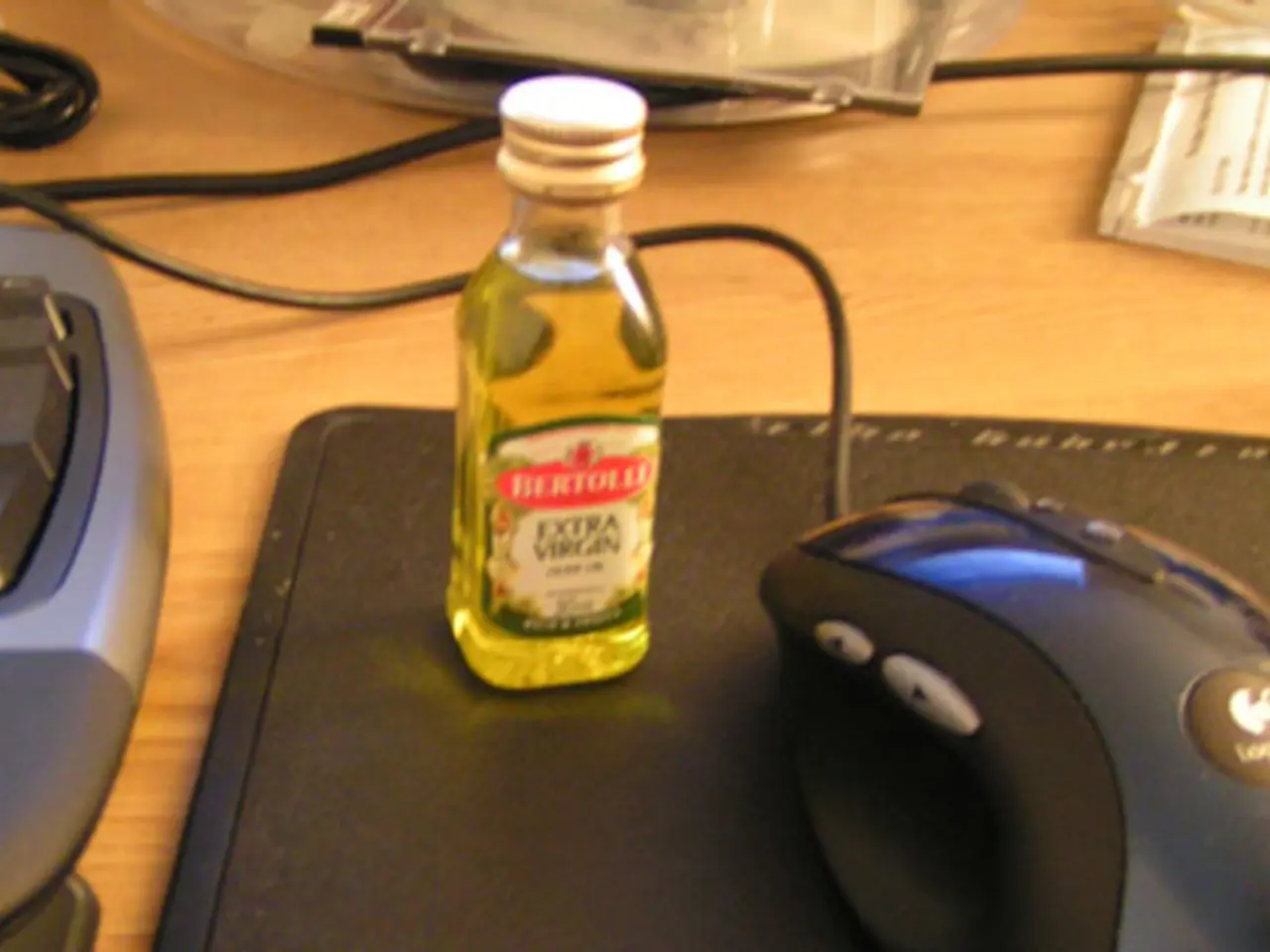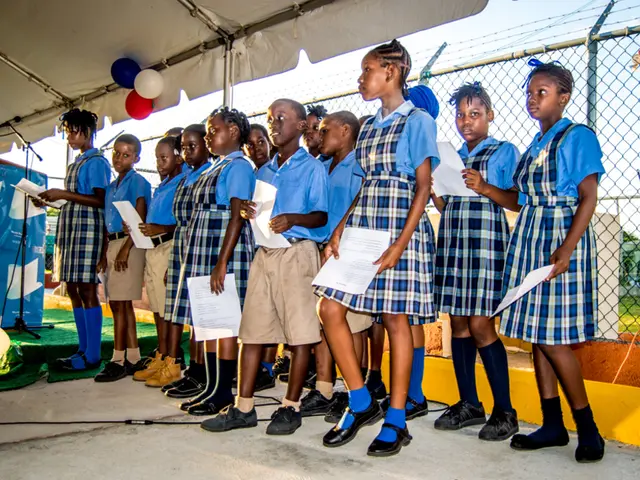Exciting Magnet Activities Tailored for Children
In the realm of science, few subjects captivate the imagination quite like magnets. Babble Dabble Do offers a selection of magnet tricks that resemble magic, sparking curiosity and wonder in young minds. From space rubbish to kitchen creations, magnets have found their way into some unexpected places, such as the 'Iron Chicken' made from kitchen foil and a magnet.
For preschoolers, there's a host of creative magnet experiments designed to make learning fun. Floating paper clips, magnetic sensory bottles, and dancing magnets are just a few examples that teach about magnetic attraction, repulsion, and poles in an engaging and interactive way. Older children can delve deeper into the world of magnetism with experiments like the Copper Train, Homemade Compass, and Hoop and Magnet experiments, exploring concepts such as Newton's laws of motion, magnetic fields, and navigation.
Activities like magnetic tiles, gravity-defying magnets, and pirate treasure hunts cater to all ages, encouraging problem-solving, creativity, and fine motor skills. An investigation using different types of magnets and materials can help determine the strength of the magnets, while magnetic slime and electromagnetic trains offer additional fun and educational opportunities.
Magnet wands, sensory bottles, and mazes are common tools for these experiments, and they're easy to make or purchase. Magnet mazes can be themed based on a child's interest, and a magnetic scavenger hunt can be organised using hidden magnetic items and clues or codes for children to solve.
The strength of a magnet can be determined using felt squares, and even everyday objects like breakfast cereal can be used to demonstrate the power of magnetism. Safety precautions should be taken when extracting iron from cereal, but the result is a fascinating demonstration of the magnetic properties of everyday items.
Inspired by the Clangers episode, a magnet-based recreation of the Iron Chicken scene has been created using toys and a magnet. Magnets can defy gravity, as demonstrated with a simple cardboard and paperclip, making these experiments feel magical and captivating.
So, whether you're a preschooler or an older child, there's a world of discovery waiting with magnets. Embrace the magic, and let your curiosity guide you on a journey through the fascinating world of magnetism.
- Babble Dabble Do's magnet tricks stimulate curiosity and learning in children of all ages, demonstrating the captivating properties of magnets.
- Floating paper clips, magnetic sensory bottles, and dancing magnets are a few examples of creative magnet experiments designed for preschoolers, making learning about magnetic attraction and poles interactive and fun.
- Older children can immerse themselves in deeper investigations of magnetism through experiments like the Copper Train, Homemade Compass, and Hoop and Magnet, exploring concepts like Newton's laws of motion, magnetic fields, and navigation.
- Magnetic tiles, gravity-defying magnets, and pirate treasure hunts can cater to all ages, fostering problem-solving, creativity, and fine motor skills.
- An investigation using different types of magnets and materials can help determine the strength of the magnets, while magnetic slime and electromagnetic trains provide additional fun and educational opportunities.
- Safety precautions should be taken when extracting iron from cereal during experiments, but the demonstration showcases the magnetic properties of everyday items, making these activities magic and captivating.




